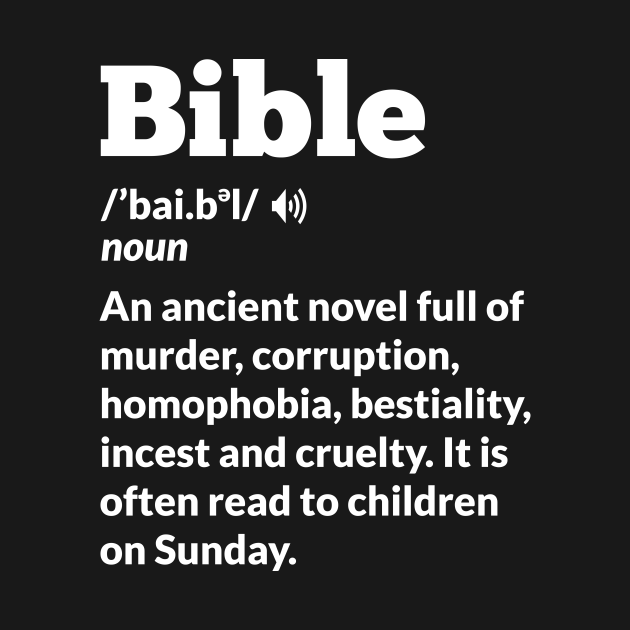
So why has that led to all this confusion today? The English word “firmament” was not originally a translation of the Hebrew word רקיע, at least not first of all. When the King James Version translators translated רקיע (raqia) into English, they translated it as “firmament.” Good and well enough, at least in 1611. Allow me to not mislead you, but rather explain what I mean. It’s my strong temptation to say that “firmament” isn’t a word at all because that would capture the essence of what I want to say, but it would be a little misleading. Let’s move into what may be more controversial, but shouldn’t be. Where did these scholars get this idea and why are some believing Christians adopting it today? The factors could be multiplied ( ENDNOTE 1), but let’s keep it as simple as possible for now. And that’s also what a segment of Christians are now starting to adopt, assuming that these assumptions about Genesis, unaware of their dubious origins, truly teach. That’s what the unbelieving scholars will tell you.

And the ground beneath the whole dome is flat.

If you ask a liberal biblical scholar what the Hebrew word “ רקיע” (raqia) in Genesis 1:6 means, they’ll tell you that it means “firmament.” At this point, you will ask what “firmament” means, and your scholar will go on to explain that a “firmament” is the ancient Hebrew idea of the structure of the sky, specifically, the idea that the sky is a solid dome, rising up on all sides from its base (that is, the entire earth itself) with “foundations” or “pillars” under the ground, holding the whole thing up.įor those unfamiliar with the concept, think snow globe, but the snowflakes are the sun, moon, and stars, and they’re all fixed near the top of the globe.


 0 kommentar(er)
0 kommentar(er)
